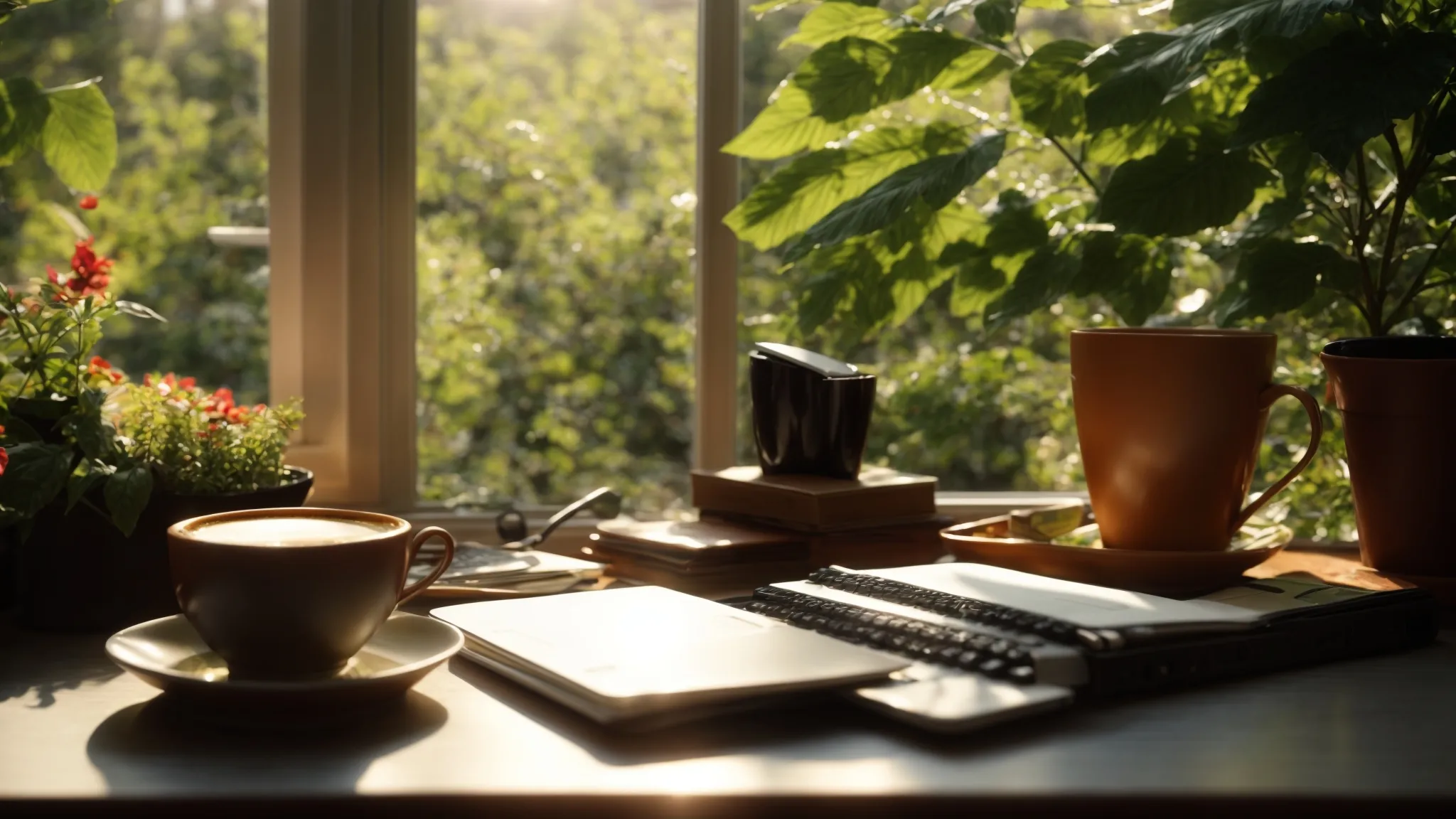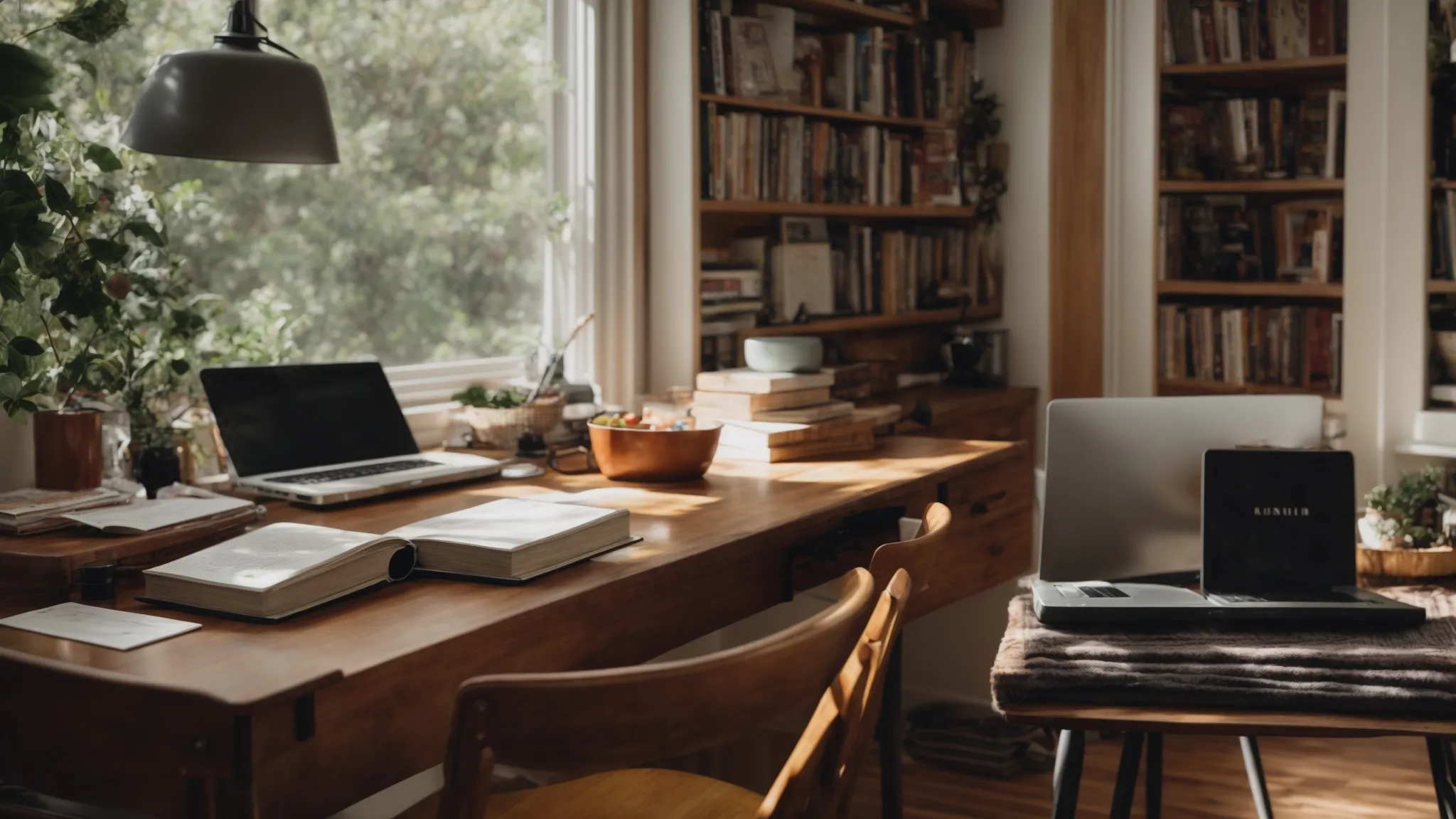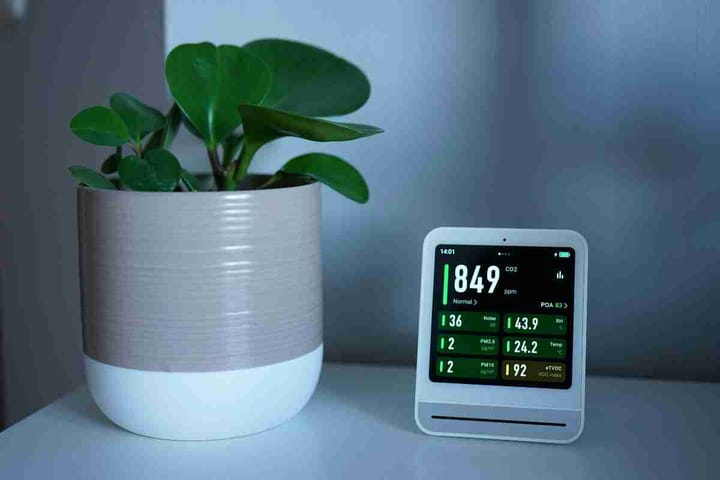Ways to Stay Sane When You're Stuck at Home
Discover strategies to combat cabin fever and stay productive and restful at home. Achieve normalcy and well-being with our effective methods. Keep reading.

Many have experienced long periods of staying home during recent times, which can often lead to a feeling of cabin fever. However, there are strategies to help maintain sanity and ensure that time spent indoors is both productive and restful. Whether it's through restructuring daily activities or finding new ways of connecting, the goal is to achieve a sense of normalcy and well-being. Keep reading to discover effective methods to keep your spirits high and mind engaged while stuck at home.
Establishing a Daily Routine for Mental Clarity

Maintaining a structured daily routine is crucial for mental and emotional well-being, especially during uncertain times. Starting your day with a consistent wake-up time and engaging in morning rituals like exercise or meditation sets a positive tone. Structuring your day to include work hours, leisure activities, and regular meal times helps manage stress and maintains clear boundaries between tasks.
Including breaks throughout the day prevents burnout and boosts productivity. Ending the day with calming activities promotes better sleep and prepares you for the next day's challenges. Routines provide stability in chaotic times, like finding the best sweepstakes casinos.
Creating a Dedicated Space for Work and Relaxation
To maintain mental harmony and balance at home, it's crucial to designate specific areas for work and relaxation. A dedicated workspace free from distractions enhances focus and mimics an office environment. Creating separate zones for relaxation or hobbies signals unwinding, such as reading nooks or meditation corners.
Physically delineating spaces for different activities can improve overall satisfaction. Simple changes like room dividers, rearranging furniture, and personal touches like plants or artwork can transform a home into an oasis of productivity and peace. Ensure each space is dedicated to its intended purpose, allowing work areas to house work-related items and relaxation spaces free of job-reminders.
Engaging in Physical Activity to Boost Endorphins
Physical exercise is essential for mental well-being, as it can elevate mood, relieve stress, and boost endorphin production. Home workout routines can be created using body-weight exercises, yoga flows, or dance workouts, and dedicating time to movement can lead to a positive mindset and accomplishment.
Outdoor activities like walking, jogging, or cycling provide fresh air and sunshine, benefiting vitamin D levels and mood. Staying active in any way fits your preference and space limitations can lead to increased energy levels and restful sleep, essential for maintaining mental sharpness while at home.
Exploring New Hobbies or Skills from Home

Looking for ways to make the most of your time at home? Try exploring new hobbies or learning new skills like playing an instrument, cooking gourmet meals, or writing. These activities not only bring enjoyment but also a sense of accomplishment. Another great option is taking online courses, which cover a wide range of subjects from career advancement to personal interests.
Don't forget to visit an Online Book Store for resources that can enhance your learning journey and provide endless opportunities for personal growth and exploration. The key is staying curious and embracing new experiences tailored to your space and resources.
Connecting with Others Virtually to Maintain Social Health
During times of physical isolation, maintaining connections with family, friends, and colleagues is crucial. Virtual communication tools like video calls, online games, and virtual parties can help bridge the physical gap.
Pursuing shared interests through online communities and virtual events like concerts, classes, and seminars can provide communal experiences and learning opportunities. It's essential not to rely too heavily on technology for social interactions; they should complement, not replace, face-to-face interactions when possible and safe.
Overall, strategies to improve quality of life at home include routines, designated spaces, physical exercise, exploring new interests, and maintaining social connections. These methods highlight the resilience and adaptability of our human spirit in facing challenges within our homes.




Comments ()